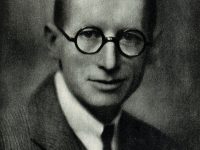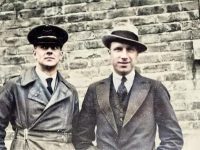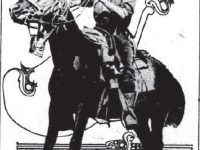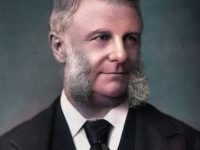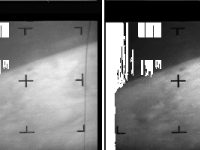Davidson Black and the Discovery of the Peking Man
On July 25, 1884, Canadian anatomist and paleoanthropologist Davidson Black was born. Black is best known for his postulation of the existence of a distinct form of early man, Sinanthropus pekinensis, popularly known as Peking man and now Homo erectus pekinensis. Collecting Fossils as a Child It is believed that Davidson Black already enjoyed to collect fossils along the banks of the Don River when he was a child. Further, he probably…
Read more

